If you’re none-the-wiser on focus breathing, we’re here to help. We’ll look at what focus breathing is and why it happens. We’ll explain how it can be a problem. And we’ll see what can be done about it. [ExpertPhotography is supported by readers. Product links on ExpertPhotography are referral links. If you use one of these and buy something, we make a little bit of money. Need more info? See how it all works here.]
What is Focus Breathing?
Focus breathing (or lens breathing) is the phenomenon when the angle of view changes in your lens. When you adjust the focus from the minimum focus distance to infinity, it occurs. When you do this, you’ll see that the lens zooms out. It’s a small change, but a change nonetheless. The change also happens when you adjust in the opposite direction. The lens will zoom in when you turn the focus ring from infinity to minimum focusing distance. If you go back and forth, it will zoom in and out. It’s as if the lens is breathing in and out, which is why it’s called focus breathing.
Why Does Focus Breathing Occur?
Focus breathing is a feature of both prime and zoom lenses. And it is more detectable when you’re working with a larger focal length lens. When you turn the focus ring, some internal lens elements move and rotate. As a result, you’ll see a change in the angle of view and magnification. Many assume this movement causes a change in focal length. But it’s actually a change in the angle of view. With a focal plane close to the camera, the lens has a wide-angle of view. As the focal plane moves further away, the angle of view narrows. This gives the appearance that the lens is zooming in. When you zoom in or out with a zoom lens, there is a change in focal length. But with lens breathing, you always have the same focal length. And while the focal length remains the same, the elements move in relation to the other elements and the camera sensor. So rather than a change in focal length, lens breathing occurs because the focal point doesn’t move. As you turn to minimum focusing distance, the lens elements move closer to the outer lens and further from the sensor. And so the lens zooms in. If you turn the focus ring to infinity, the opposite happens. The element group moves further from the outer lens and closer to the sensor, thus zooming out.
Internal Focus Systems
Many lenses from the top manufacturers use an internal focus system. When focusing with an internal system, the focus ring moves a group of internal lens elements. Older designs moved the whole lens barrel when changing the focus. An internal focus system has its benefits. The outer elements don’t need to move when focusing, which is good for using filters and other lens accessories. It’s smaller than full-barrel focusing systems. And it also helps autofocus motors with speed and reliability. One of the main downsides to internal focusing is focus breathing. As this group of lenses moves to focus, they change the angle of view. The focal point within the lens moves slightly, changing the focal length. How much the angle of view changes will vary depending on the lens you’re using. Some lenses with only exhibit a tiny amount of focus breathing. And you might not even notice it. Other lenses suffer from more severe cases.
How Does Focus Breathing Affect You?
The main consequence of focus breathing is a change in frame. When the angle of view changes, so does the size of the image framed in your viewfinder. When you’re at minimum focus distance, you have a larger angle of view. And it gives you a wider field of view. When you turn the focus ring to infinity, your field of view gets smaller. The frame becomes more tightly cropped around the subject. If you look through the viewfinder and you turn from minimum to infinity, you’ll see the edges tighten and close in. It may not be a big change, but it will affect your final image.
Should You Worry About Focus Breathing?
A small amount of focus breathing isn’t something to worry about, especially for still photographers. You might have to make some minor adjustments to compensate. But it won’t disrupt your composition too much. The main problem for still photographers is focus stacking. If you want to take several photos of the same shot but with the focal plane in a different place, lens breathing becomes a problem. The magnification effect means the images aren’t identical, making them difficult to stack. Lens breathing is a bigger problem for cinematographers and videographers. With still photography, you take the photo at one point or another. The focus breathing effect can’t be seen in the final result. But with a cinema lens, the angle of view changes when the footage is captured. If you change the focal plain mid-shot, the angle of view will also change. The cropping effect is clearly visible.
Can You Do Anything About Focus Breathing?
The best solution to focus breathing for still photographers is to avoid it where you can. You’re more likely to experience focus breathing with a zoom lens, so use a prime lens when possible. You can use a Canon EF 85mm prime lens or a Canon EF 70-200mm zoom lens. Both will let you shoot with a focal length of 85mm. But the 85mm prime lens gives you better magnification with little change to the angle of view. You can also research how focus breathing affects specific lenses before you buy. Lens manufacturers are aware of this problem. And they do take measures to reduce focus breathing in their lenses. Newer lens models are less likely to have serious focus breathing. For cinematographers, the best solution is to buy specialist cine lenses. They’re expensive, but they’re designed to eliminate all signs of focus breathing. They keep the angle of view the same even when changing the focus distance during a scene.
Extension Tubes
Extension tubes can reduce focus breathing. They extend the distance between the focal point and the camera, which decreases the magnification effect when at a closer focal distance. But extension tubes are a complicated solution with several downsides. It only works when your zoom lens is at its longest focal length but focusing at minimum range. You also lose autofocus, and less light reaches the camera sensor.
Conclusion
Focus breathing is something all photographers come across. For many, it isn’t a problem. Sometimes focus breathing isn’t even detected. But it can cause problems for cinematographers and photographers who focus stack. Extension tubes can be used to reduce the effect. But that comes at a cost. The best solution is to avoid lenses with a reputation for focus breathing. Cine lenses are the best remedy for video makers. Check out our Effortless Editing with Lightroom course to take your photography to the next level no matter what lens you use!
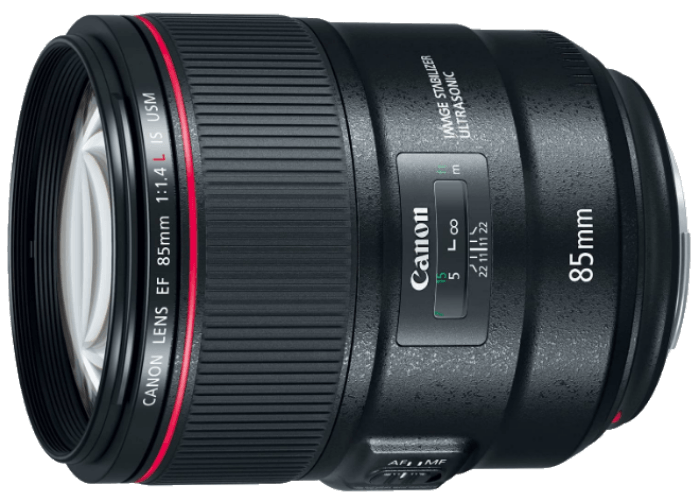


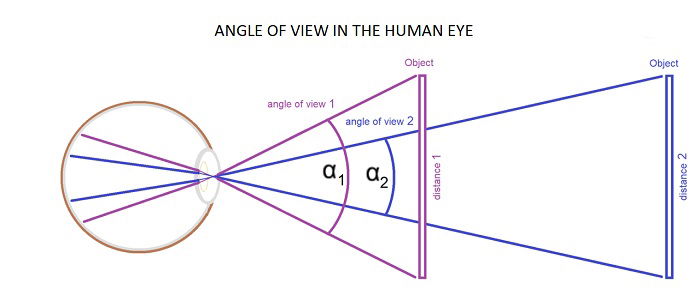
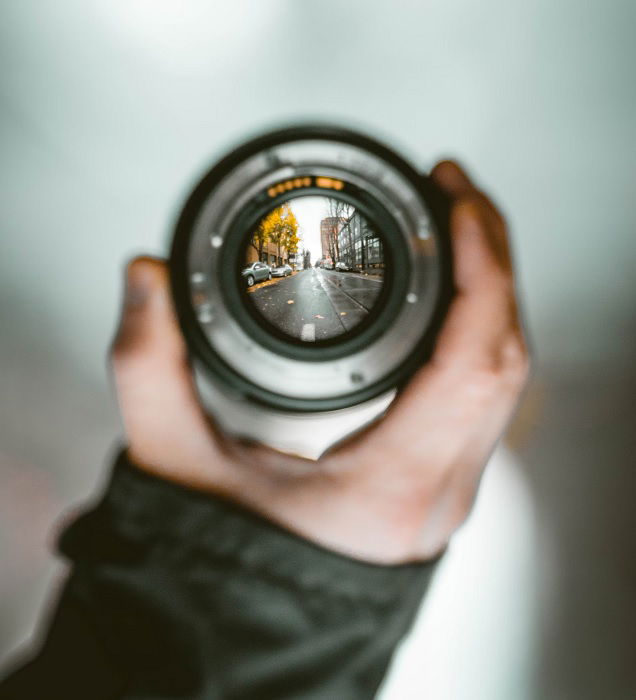
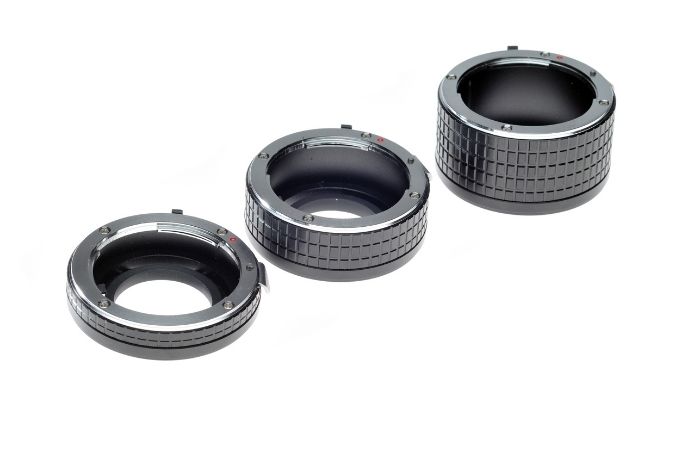
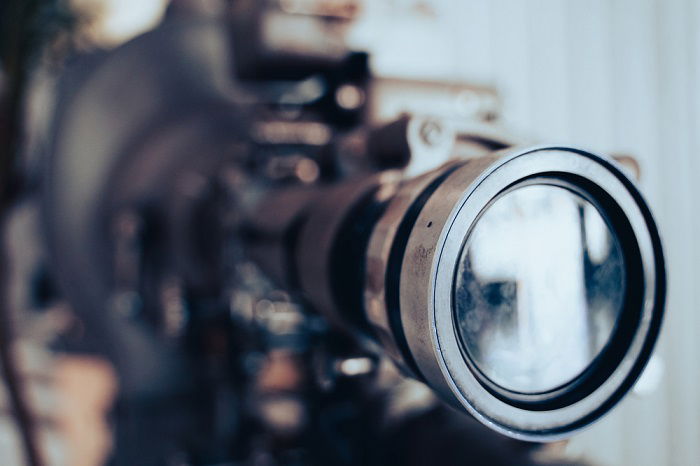


title: “What Is Focus Breathing And What You Can Do About It " ShowToc: true date: “2023-02-03” author: “Wendy Cole”
If you’re none-the-wiser on focus breathing, we’re here to help. We’ll look at what focus breathing is and why it happens. We’ll explain how it can be a problem. And we’ll see what can be done about it. [ExpertPhotography is supported by readers. Product links on ExpertPhotography are referral links. If you use one of these and buy something, we make a little bit of money. Need more info? See how it all works here.]
What is Focus Breathing?
Focus breathing (or lens breathing) is the phenomenon when the angle of view changes in your lens. When you adjust the focus from the minimum focus distance to infinity, it occurs. When you do this, you’ll see that the lens zooms out. It’s a small change, but a change nonetheless. The change also happens when you adjust in the opposite direction. The lens will zoom in when you turn the focus ring from infinity to minimum focusing distance. If you go back and forth, it will zoom in and out. It’s as if the lens is breathing in and out, which is why it’s called focus breathing.
Why Does Focus Breathing Occur?
Focus breathing is a feature of both prime and zoom lenses. And it is more detectable when you’re working with a larger focal length lens. When you turn the focus ring, some internal lens elements move and rotate. As a result, you’ll see a change in the angle of view and magnification. Many assume this movement causes a change in focal length. But it’s actually a change in the angle of view. With a focal plane close to the camera, the lens has a wide-angle of view. As the focal plane moves further away, the angle of view narrows. This gives the appearance that the lens is zooming in. When you zoom in or out with a zoom lens, there is a change in focal length. But with lens breathing, you always have the same focal length. And while the focal length remains the same, the elements move in relation to the other elements and the camera sensor. So rather than a change in focal length, lens breathing occurs because the focal point doesn’t move. As you turn to minimum focusing distance, the lens elements move closer to the outer lens and further from the sensor. And so the lens zooms in. If you turn the focus ring to infinity, the opposite happens. The element group moves further from the outer lens and closer to the sensor, thus zooming out.
Internal Focus Systems
Many lenses from the top manufacturers use an internal focus system. When focusing with an internal system, the focus ring moves a group of internal lens elements. Older designs moved the whole lens barrel when changing the focus. An internal focus system has its benefits. The outer elements don’t need to move when focusing, which is good for using filters and other lens accessories. It’s smaller than full-barrel focusing systems. And it also helps autofocus motors with speed and reliability. One of the main downsides to internal focusing is focus breathing. As this group of lenses moves to focus, they change the angle of view. The focal point within the lens moves slightly, changing the focal length. How much the angle of view changes will vary depending on the lens you’re using. Some lenses with only exhibit a tiny amount of focus breathing. And you might not even notice it. Other lenses suffer from more severe cases.
How Does Focus Breathing Affect You?
The main consequence of focus breathing is a change in frame. When the angle of view changes, so does the size of the image framed in your viewfinder. When you’re at minimum focus distance, you have a larger angle of view. And it gives you a wider field of view. When you turn the focus ring to infinity, your field of view gets smaller. The frame becomes more tightly cropped around the subject. If you look through the viewfinder and you turn from minimum to infinity, you’ll see the edges tighten and close in. It may not be a big change, but it will affect your final image.
Should You Worry About Focus Breathing?
A small amount of focus breathing isn’t something to worry about, especially for still photographers. You might have to make some minor adjustments to compensate. But it won’t disrupt your composition too much. The main problem for still photographers is focus stacking. If you want to take several photos of the same shot but with the focal plane in a different place, lens breathing becomes a problem. The magnification effect means the images aren’t identical, making them difficult to stack. Lens breathing is a bigger problem for cinematographers and videographers. With still photography, you take the photo at one point or another. The focus breathing effect can’t be seen in the final result. But with a cinema lens, the angle of view changes when the footage is captured. If you change the focal plain mid-shot, the angle of view will also change. The cropping effect is clearly visible.
Can You Do Anything About Focus Breathing?
The best solution to focus breathing for still photographers is to avoid it where you can. You’re more likely to experience focus breathing with a zoom lens, so use a prime lens when possible. You can use a Canon EF 85mm prime lens or a Canon EF 70-200mm zoom lens. Both will let you shoot with a focal length of 85mm. But the 85mm prime lens gives you better magnification with little change to the angle of view. You can also research how focus breathing affects specific lenses before you buy. Lens manufacturers are aware of this problem. And they do take measures to reduce focus breathing in their lenses. Newer lens models are less likely to have serious focus breathing. For cinematographers, the best solution is to buy specialist cine lenses. They’re expensive, but they’re designed to eliminate all signs of focus breathing. They keep the angle of view the same even when changing the focus distance during a scene.
Extension Tubes
Extension tubes can reduce focus breathing. They extend the distance between the focal point and the camera, which decreases the magnification effect when at a closer focal distance. But extension tubes are a complicated solution with several downsides. It only works when your zoom lens is at its longest focal length but focusing at minimum range. You also lose autofocus, and less light reaches the camera sensor.
Conclusion
Focus breathing is something all photographers come across. For many, it isn’t a problem. Sometimes focus breathing isn’t even detected. But it can cause problems for cinematographers and photographers who focus stack. Extension tubes can be used to reduce the effect. But that comes at a cost. The best solution is to avoid lenses with a reputation for focus breathing. Cine lenses are the best remedy for video makers. Check out our Effortless Editing with Lightroom course to take your photography to the next level no matter what lens you use!








